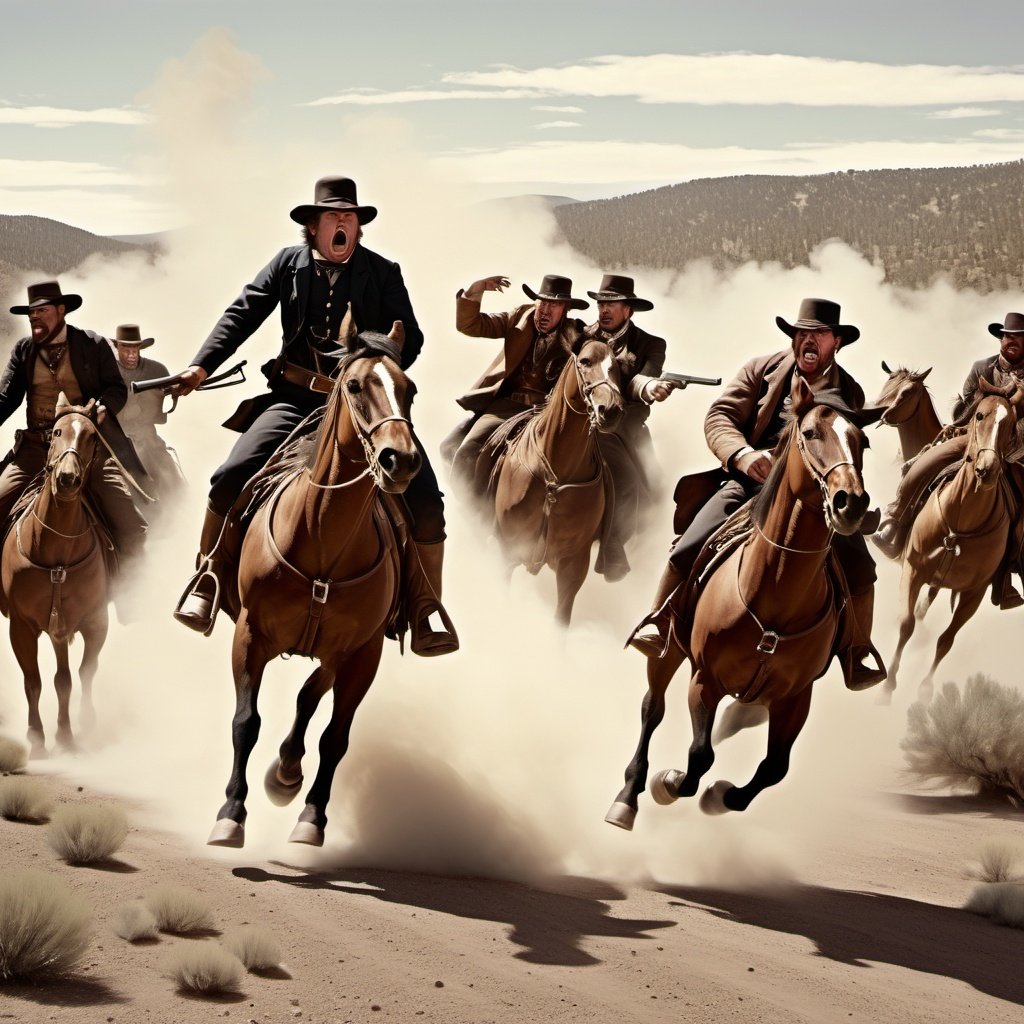The Wild West has long been a source of intrigue and fascination, filled with stories of fearless lawmen and infamous outlaws. Among these tales is “The Capture of Bad Man Simms Johnston McCully,” a riveting account of crime, pursuit, and justice on the American frontier. Rooted in history and lore, this story is emblematic of an era when survival depended on wits, courage, and an unyielding sense of justice.
Through the lens of this extraordinary tale, we explore the life of a notorious outlaw, the relentless efforts to capture him, and the broader themes of law and order during one of the most tumultuous times in American history.
Who Was Bad Man Simms Johnston McCully?
Bad Man Simms Johnston McCully, often referred to as “Bad Man Simms,” was an outlaw whose name struck fear into the hearts of settlers across the American frontier. Known for his cunning, ruthlessness, and ability to evade capture, McCully epitomized the chaotic spirit of the Wild West.
Born in the mid-19th century, McCully was reportedly drawn to crime at an early age. His exploits ranged from bank robberies and cattle rustling to train heists, earning him a reputation as one of the most dangerous outlaws of his time. His ability to outsmart law enforcement only added to his infamy, making his eventual capture a significant milestone in the battle for justice.
The Wild West and the Rise of Outlaws
The backdrop of the Wild West provided fertile ground for the rise of outlaws like Simms Johnston McCully. During the late 19th century, the expansion of railroads, gold rushes, and westward migration created a volatile environment ripe for crime.
Key factors contributing to the outlaw phenomenon include:
- Lawlessness: Many frontier towns lacked proper law enforcement, allowing criminals to operate with impunity.
- Economic Instability: The pursuit of wealth, combined with economic hardships, often drove individuals to criminal activities.
- Romanticized Notoriety: The media of the time glorified outlaws, turning them into folk heroes in the eyes of the public.
Within this chaotic landscape, McCully thrived, becoming a figure both feared and admired.
A Timeline of Simms Johnston McCully’s Crimes
To understand the impact of McCully’s actions, it’s essential to look at the timeline of his criminal activities:
- 1875: McCully’s first recorded crime, a daring train robbery in Texas, marked the beginning of his outlaw career.
- 1877: He orchestrated a series of cattle thefts, targeting wealthy ranchers and evading local lawmen.
- 1880: A high-profile bank heist in Kansas solidified his reputation as a criminal mastermind.
- 1883: After a violent shootout, McCully narrowly escaped capture, further fueling his legendary status.
- 1885: His crimes culminated in a string of robberies across multiple states, leading to a massive manhunt.
The Pursuit of Bad Man Simms Johnston McCully
The capture of Simms Johnston McCully was no ordinary feat. It required coordination between local sheriffs, bounty hunters, and federal authorities, all determined to bring the outlaw to justice.
Challenges Faced by Law Enforcement
- Geographic Obstacles: The rugged terrain of the American West made tracking McCully an arduous task.
- Support Networks: McCully relied on a network of informants and sympathizers, who provided him with safe havens.
- Resource Limitations: Local law enforcement lacked the manpower and resources to effectively pursue him.
Despite these challenges, the relentless efforts of lawmen like Sheriff William Harper ultimately led to McCully’s downfall.
The Capture of Bad Man Simms Johnston McCully
The turning point in McCully’s story came in 1886, when law enforcement finally closed in on the notorious outlaw. His capture was the result of careful planning, strategic alliances, and a bit of luck.
Key Events Leading to His Capture
- Tracking His Movements: A tip-off from a local rancher allowed authorities to pinpoint McCully’s hideout.
- A Coordinated Effort: Lawmen from neighboring counties joined forces, creating a formidable task force.
- The Final Confrontation: After a tense standoff, McCully was apprehended in a remote canyon, bringing his reign of terror to an end.
The capture of Simms Johnston McCully marked a significant victory for law enforcement and symbolized the growing establishment of order in the Wild West.
The Trial and Legacy of Simms Johnston McCully
McCully’s trial was a highly publicized event, drawing attention from across the nation. As he faced charges for his crimes, the courtroom became a stage for the dramatic conclusion of his story.
Key Aspects of the Trial
- Public Interest: Newspapers and journalists closely followed the proceedings, feeding the public’s fascination with McCully.
- Testimonies: Witnesses, including former accomplices, provided damning evidence against him.
- Verdict and Sentencing: McCully was found guilty and sentenced to life imprisonment, effectively ending his criminal career.
Despite his capture, the legacy of Bad Man Simms Johnston McCully endures as a symbol of the Wild West’s untamed spirit.
Lessons from the Capture of Bad Man Simms Johnston McCully
The story of Simms Johnston McCully offers valuable insights into the challenges and triumphs of law enforcement during the Wild West era. Key takeaways include:
- Persistence Pays Off: The determination of law enforcement highlights the importance of persistence in the pursuit of justice.
- Collaboration is Key: The successful capture of McCully underscores the value of teamwork and coordination among lawmen.
- Crime Doesn’t Pay: Despite his initial success, McCully’s eventual downfall serves as a cautionary tale about the consequences of a life of crime.
How the Story Lives On
The tale of Bad Man Simms Johnston McCully has been immortalized in various forms of media, from books and films to blog posts and documentaries.
Why the Story Resonates
- Timeless Themes: The story explores universal themes of justice, morality, and redemption.
- Romanticized Outlaw Image: McCully’s persona continues to captivate audiences, blending fact and fiction.
- Historical Significance: The story provides a glimpse into the complexities of the Wild West, offering valuable lessons for modern audiences.
Conclusion
“The Capture of Bad Man Simms Johnston McCully” is more than just a tale of crime and punishment—it’s a window into the complex and chaotic world of the Wild West. Through his story, we gain a deeper appreciation for the challenges faced by law enforcement and the resilience of communities striving to establish order.
Whether viewed as a cautionary tale or a thrilling adventure, the story of Simms Johnston McCully continues to captivate audiences, keeping the spirit of the Wild West alive for generations to come.
FAQs
What crimes did Simms Johnston McCully commit?
McCully’s crimes included train robberies, cattle rustling, and bank heists, making him one of the Wild West’s most notorious outlaws.
Who captured Simms Johnston McCully?
A coordinated effort by local sheriffs, bounty hunters, and federal authorities led to McCully’s capture in 1886.
Why is McCully called “Bad Man Simms”?
The nickname reflects his reputation as a ruthless outlaw who instilled fear across the American frontier.
What happened after McCully’s capture?
McCully faced trial and was sentenced to life imprisonment, ending his reign as an outlaw.
How does McCully’s story reflect the Wild West?
His tale captures the lawlessness, challenges, and spirit of resilience that defined the Wild West era.
Where can I learn more about Simms Johnston McCully?
Historical archives, books, and documentaries provide detailed accounts of McCully’s life and legacy.



